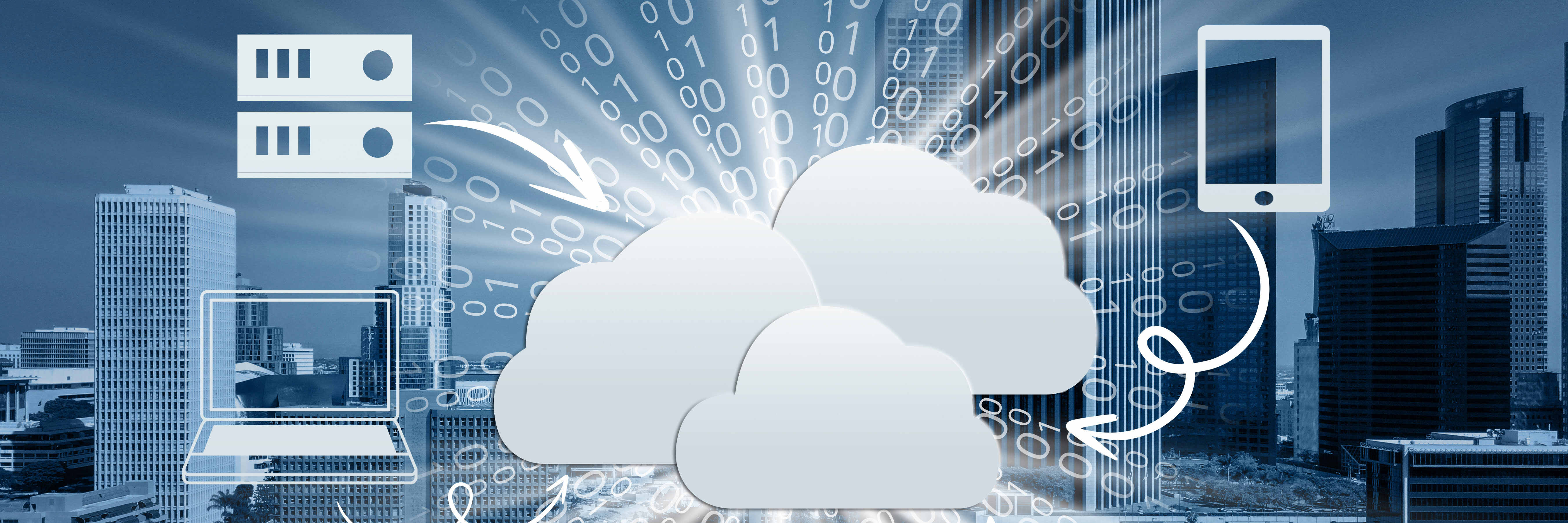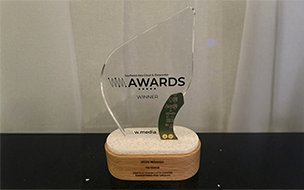Much of today’s computing already happens at the Edge. While it empowers live video broadcasters and content creators to build the capabilities they need to create customised live video workflows, Content Service Providers (CSPs) are leveraging Edge Computing to eliminate latency and congestion problems and improve the performance of applications running on devices. Discover how Edge helps make business functions proactive and adaptive—often in real-time—leading to new, optimised experiences for people.
A wide range of potential Edge Computing use cases can be enabled or enhanced by bringing computing, data storage and processing and AI/analytics closer to the end user. By pushing computing out closer to these locations, users benefit from faster, more reliable services, while companies benefit from the flexibility and scalability of hybrid cloud computing.
So what are the applications and use cases that make Edge Computing real?
Media
Over-the-top (OTT) media services are increasingly relying on Edge Computing to enhance their live and on-demand streams. OTT media services need to guarantee a low-latency, high-performance experience not just with their video stream but the additional features as well, from advertising to interactive features complementing the stream, all at a massive scale. The bulk of the computing for many of these features can take place on the end-user device, so there is no need to send every bit of data back to a central server for processing.
Building Tiered Architecture
Edge Computing is a crucial component of a tiered architecture. It is designed to be near the data source, allowing direct interaction with applications in a low latency design. The proximity allows for the deployment of data directly to end users, driving a better, more connected experience. In today’s always-on, remote culture, real-time nearby data access and application deployment are key to maintaining successful interpersonal connections.
Edge Gaming
One of Edge Computing’s key benefits is enhancing performance by placing code and content closer to the user. Typically, gamers play across networks involving distant cloud installations, accruing the latency that comes with longer distances. Low latency is extremely important for video game players and eSports. When workloads run at the Edge of the network (instead of being sent to a few centralised locations for processing), data need only to travel the minimum necessary distance, reducing associated lag time and enabling more interactive and immersive in-game experiences. Furthermore, game providers also have a substantial financial incentive to offer their games on the Edge. Gaming content providers usually pay high fees to provide their games through gaming consoles. If they can offer the same game on the Edge, they can reduce their distribution cost significantly.
Content Delivery
The original Edge Computing use case. Content delivery can be vastly improved by caching content – music, video stream, or web pages – at the Edge. Edge caching provides a massive improvement over traditional web servers, providing latency on the order of single milliseconds. Content providers are looking to distribute CDNs even more widely to the Edge, thus guaranteeing flexibility and customisation on the network depending on user traffic demands.
Hyperscalers Need an Edge Too
In this heightened, high-stakes business environment, hyperscalers also need to bring their storage and compute infrastructure closer to end users to lower network costs and improve the performance of their products for the customers in the regions in which they are deployed. Doing so means that those providers that deploy their services as close to their end users as possible can gain an edge over their competitors from the improved performance and increased quality of experience resulting from the lower latency accessible through Edge Computing.
Improving digital experiences
As consumer expectations continue to rise and the need for 24/7 access to information becomes the standard, Edge Computing is used to drive faster, more secure digital experiences for end-users across industries of all kinds. Data at the Edge improves the experience for everything from video downloads, to AI or machine learning, to putting crucial medical data into a doctor’s hands faster.
Wrapping Up
Our worlds are all interconnected, seeing access to greater capabilities at faster speeds every day. These are just a few of the use cases of Edge Computing that demonstrate how it is fueling digital transformation across many industry verticals and functions it supports.
Of course, the many benefits of edge computing come with some additional complexity in terms of scale, interoperability and manageability.
Edge deployments often extend to many locations with minimal (or no) IT staff or that vary in physical and environmental conditions. Edge stacks also often mix and match a combination of hardware and software elements from different vendors. Highly distributed edge architectures can become challenging to manage as infrastructure scales out to hundreds or thousands of locations.
TM Edge portfolio addresses these challenges by helping organisations standardise on modern hybrid cloud infrastructure, providing an interoperable, scalable and contemporary edge computing platform that combines the flexibility and extensibility of open source with the power of a rapidly growing partner ecosystem.
TM Edge portfolio allows organisations to build and manage applications across hybrid, multi-cloud, and Edge locations, increasing app innovation, speeding up deployment and updating and improving overall efficiency.








